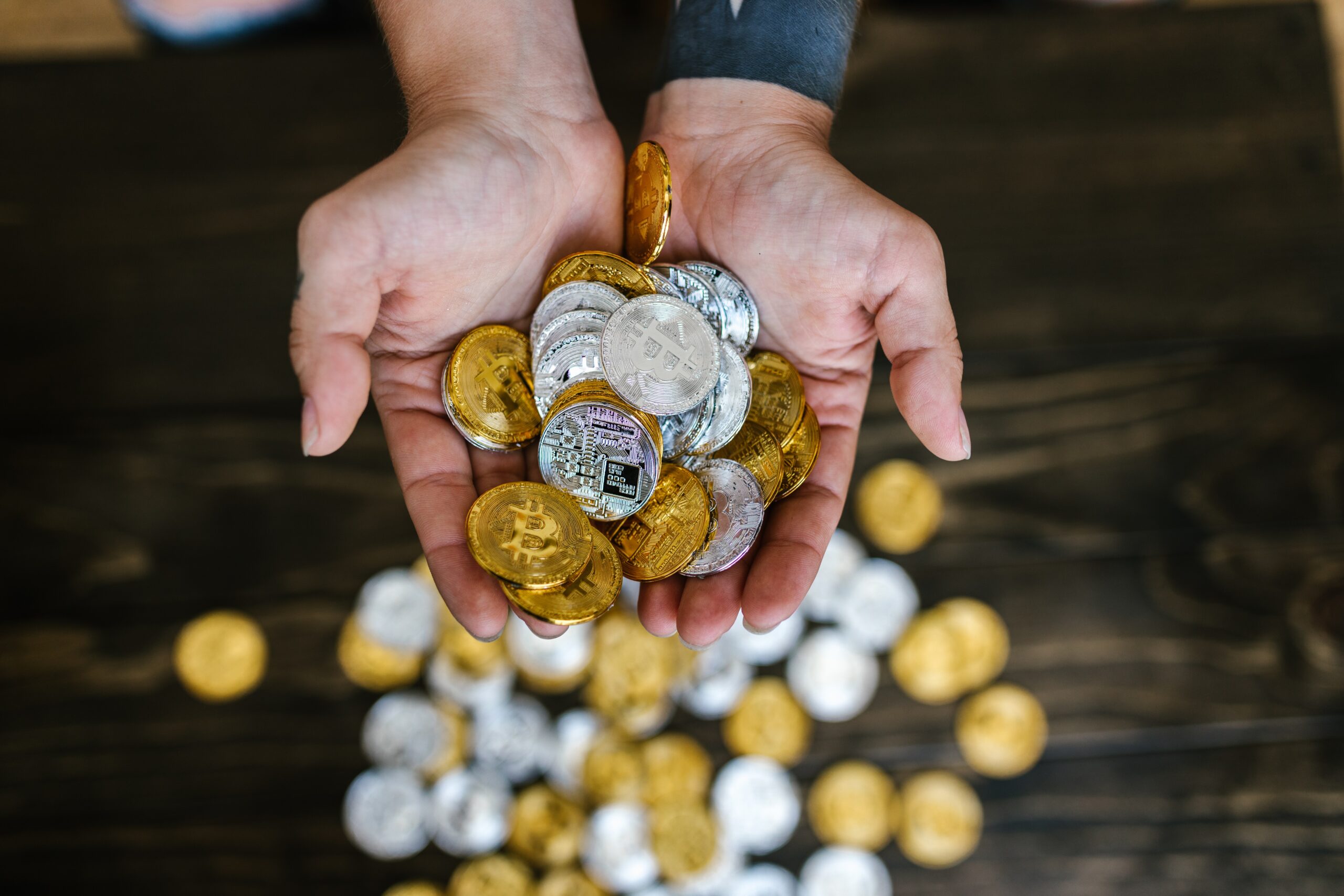How to Get Your Lost Cryptocurrency Back: 4 Ways to Do It
What could be worse than losing access to a Bitcoin wallet by accident? This occurs frequently and is always accompanied by negative consequences.
According to some estimates, between 3 and 5 million bitcoins are irretrievably lost. Therefore, each holder should be aware of the...

What could be worse than losing access to a Bitcoin wallet by accident? This occurs frequently and is always accompanied by negative consequences.
According to some estimates, between 3 and 5 million bitcoins are irretrievably lost. Therefore, each holder should be aware of the rules governing the storage and recovery of bitcoin storages.
The Peter Schiff Situation
Peter Schiff, the head of Euro Pacific Capital, confirmed on January 23, 2020 that he had lost all funds invested in Bitcoin. However, this was not due to a “broken wallet.” As the entrepreneur admitted, he is to blame because he confused the password and the pin code when creating the account.
Schiff’s digital currency is non-returnable. Not only does he lack a password, but he also failed to record the seed phrase that would allow him to regain access to the account.
What should be done
Several mechanisms exist for avoiding such circumstances and protecting against the loss of cryptocurrency access. Among them are wallets with the “social recovery” feature. It permits linking a “guardian” to a user’s account.
This individual, whether a friend, relative, or coworker, will have access to the user’s wallet if they are unable to access their account for any reason. For instance, in the event of the loss of a password or death.
The Ethereum team developed an alternative method. The EIP protocol enables account access to be restored using secret information. It may be a code word or phrase as well as fingerprints.
Compared to “social recovery,” this approach has numerous advantages. It eliminates the possibility that the “guardian” will steal the user’s cryptocurrency by abusing their position.
Advice From Authorities
One of the EIP’s developers, Ricardo Schmidt, identified another “social recovery” vulnerability. According to him, hackers can assume the identity of the “guardian” to gain account access. The programmer added that the development of artificial intelligence-based applications that can simulate faces and voices exacerbates the urgency of this issue.
In an interview with Cointelegraph, Samson Moe, head of security at Blockstream, deemed both mechanisms unnecessary and complex. According to him, Bitcoin network wallets can also be protected from unauthorized access loss without the need for specialized protocols. The expert suggested creating a multi-signature account, slicing its keys into pieces, and distributing them to trusted parties.
The only way to lose cryptocurrency is by forgetting your account’s password. It is possible for the exchange to block it, as Binance did. Also, user funds are susceptible to theft by hackers, such as through SIM swapping.
Four Principal Crypto Wallet Recovery Methods
Restoring a wallet file using wallet.dat
Wallet.dat is the primary file of some desktop wallets. It stores encrypted private keys and other information.
- First, locate the file in your operating system:
- Path for Windows Operating System: % APPDATA %
- NameOfWallet/ Path for Linux Operating System: /.NameOfWallet/ Path for Mac Operating System: /Library/Application Support/NameOfWallet/
The file should then be copied to external media, such as a hard drive, flash drive, or other device that is disconnected from the network the majority of the time.
To restore the wallet, the saved file must be substituted for the default one. A simple Cntl+C/Cntl+V combination will replace the source file with a previously copied copy.
Using a SEED phrase to restore a wallet
It is possible to perform a backup or restore using a mnemonic combination of 12, 18, or 24 words. When first set up, many hardware wallets (Ledger or Tether) generate a random phrase. It should be saved immediately so that it can be utilized when necessary in the future.
The SEED phrase should be stored on an offline device or duplicated on paper. Some users even laminate the paper or emboss the words on the metal pieces to guarantee that the phrase will last for decades.
Via console
Most wallet client applications implement a console. Simply put, this is a command line equivalent. With its assistance, you can discover the private key and (in the event that you lose the wallet file) restore the wallet. The execution sequence for the instance of Electrum:
- Open the console
- Type the command as follows: Dumpprivkey wallet number
- Press “Enter”.
The result is your private key, which must be kept in a secure location (on a flash drive, in a text file, or written down on paper).
After losing access to the wallet, the client application must be reinstalled. Enter the following command: importprivkey private key
After that, we wait until the blockchain’s data is updated. Consequently, you receive your addresses and cryptos.
When the wallet file is deleted
The only option left at this point is to use specialized utilities in order to restore the data that was stored on the hard drive. This strategy can be used in “everyday” scenarios as well as more extreme ones, such as when Windows has frozen or the hard disk drive (HDD) has failed. At this point, all that is left to do is “pull out” the wallet file from the damaged screw that has been formatted. Some of these “healing” programs include the following:
- R-STUDIO.
- HDD Regenerator.
- Recuva.
Make use of trustworthy antivirus software, steer clear of dubious online resources, and under no circumstances divulge your private key or seed to another individual. If you follow these easy guidelines, you will increase your chances of success by 90 percent. Because of this, the “knowledge” that is discussed in this article will never be required again!
